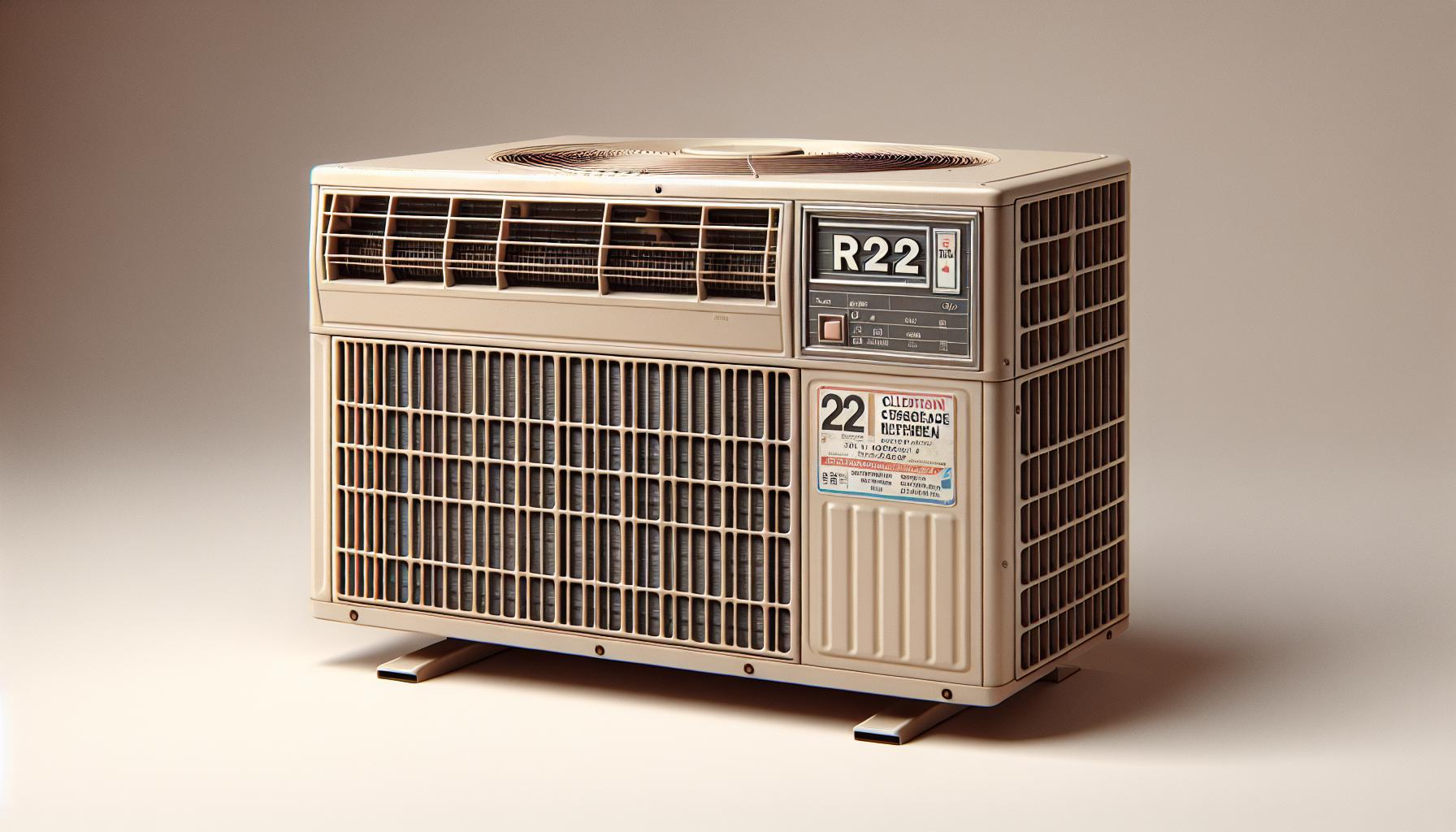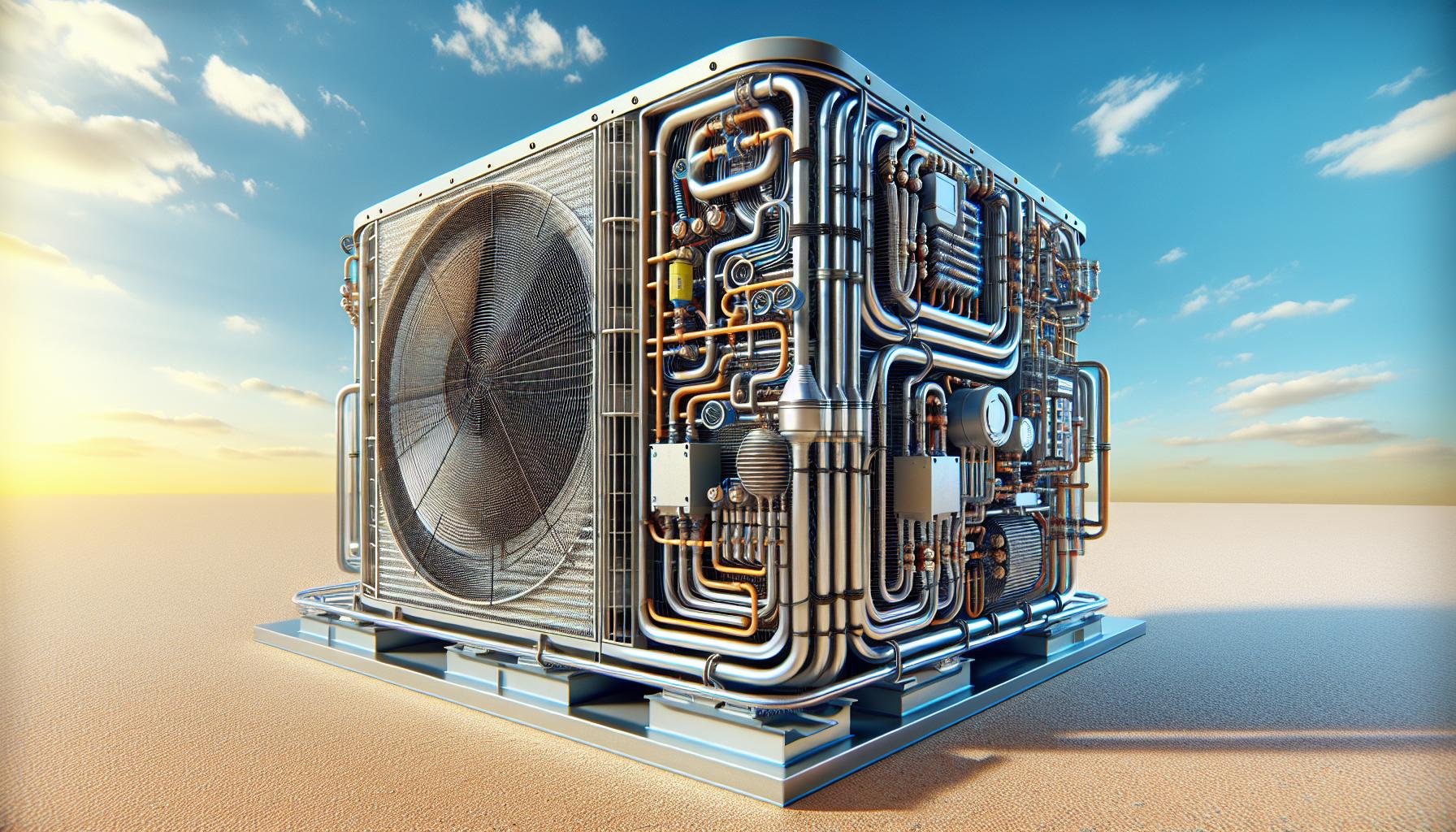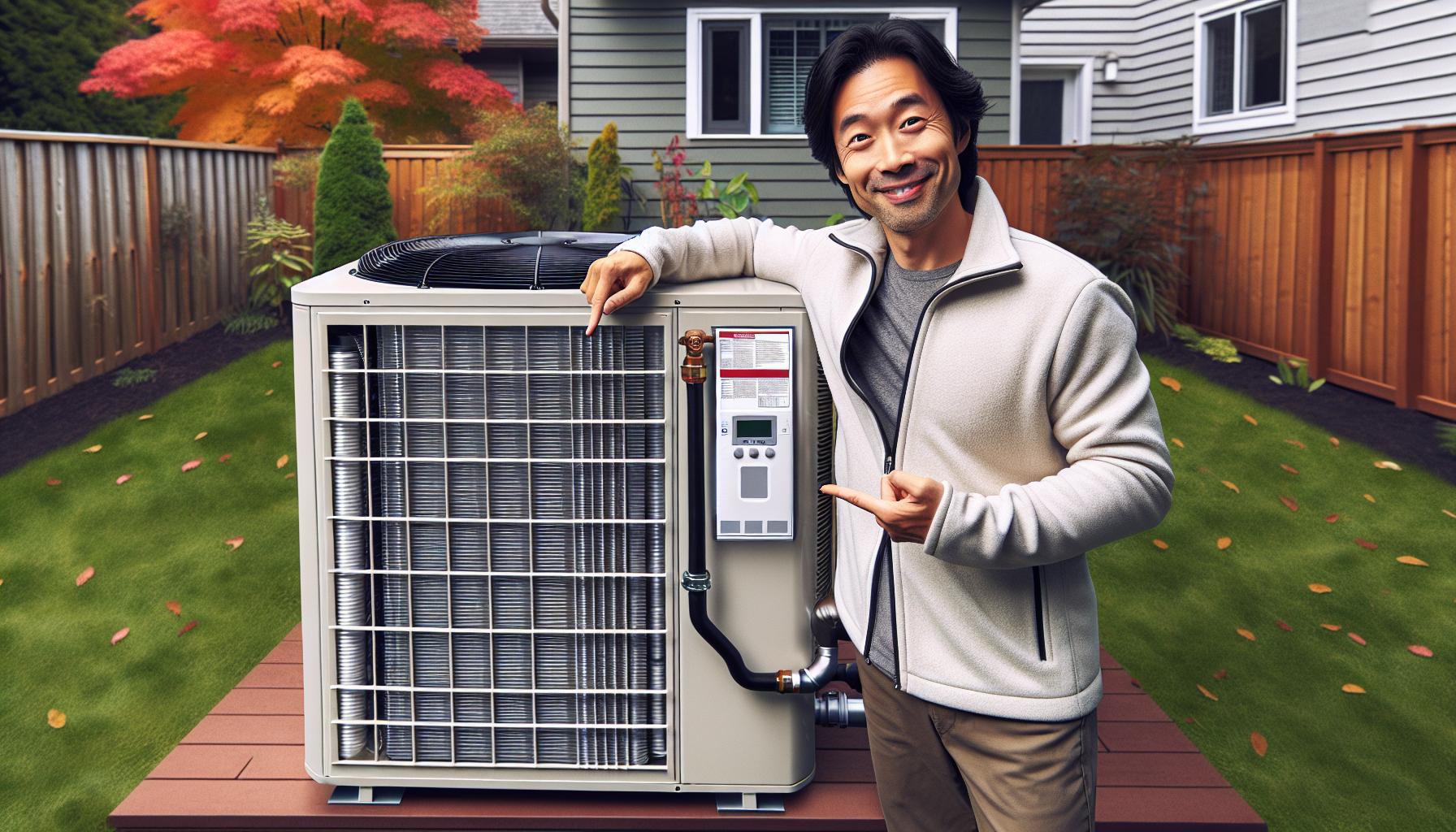Imagine a world where your air conditioning system suddenly stops working on the hottest day of the year. For many, this scenario becomes a reality due to the phasing out of R22 refrigerant. Once the backbone of cooling systems, R22 is now at the centre of a significant environmental shift. But why is this happening, and what does it mean for you?
This article delves into the importance of R22, its environmental impact, and the global regulations driving its phase-out. You’ll discover why switching to alternative refrigerants is not just a regulatory requirement but also a crucial step towards sustainability. By understanding the implications of this transition, you can make informed decisions about your cooling systems, ensuring they remain efficient and eco-friendly.
Stay with us as we explore the journey from R22 to greener alternatives, highlighting the challenges and opportunities that lie ahead.
What Is R22 Refrigerant?
R22 refrigerant, commonly known as Freon, is a hydrochlorofluorocarbon (HCFC). Developed in the 1930s by Thomas Midgley Jr. and Charles Franklin Kettering, R22 became the standard refrigerant due to its non-flammable properties. You’ll find it used extensively in air conditioning and refrigeration systems.
Key Attributes
- Chemical Composition: R22 contains hydrogen, chlorine, fluorine, and carbon.
- Non-Flammability: Its non-flammable nature made it a preferred choice for many years.
- Cooling Efficiency: R22 offers efficient cooling, making it effective for residential and commercial applications.
Environmental Impact
Though effective, R22 has significant environmental drawbacks. It contributes to ozone layer depletion and has a high Global Warming Potential (GWP). Released into the atmosphere, R22 exacerbates global warming, making it harmful to the environment.
Phase-Out Timeline
Under the Montreal Protocol, R22 is being phased out globally. This international agreement, finalised in 1987, aims to reduce substances that deplete the ozone layer. By 2020, production and import of R22 were significantly reduced, pushing for more eco-friendly alternatives.
Historical Use Of R22 Refrigerant

R22 refrigerant, or Freon 22, has played a significant role in the HVAC industry for decades, becoming the dominant choice in the mid-20th century.
Early Adoption And Popularity
R22, introduced in the 1950s, gained rapid popularity due to its effectiveness and low cost. By the 1970s and 1980s, it became the primary refrigerant for residential air conditioning, commercial HVAC systems, and industrial refrigeration. Its compatibility with mineral oil further cemented its status as a versatile solution.
Environmental Impact Concerns
Even though its widespread use, R22 posed serious environmental risks. It contributes significantly to ozone layer depletion and has a high Global Warming Potential (GWP). These environmental concerns led to the implementation of global regulations, such as the Montreal Protocol, aimed at phasing out R22 and promoting eco-friendly alternatives.
Phasing Out Of R22 Refrigerant
The phasing out of R22 refrigerant, mandated by global and national regulations, impacts many HVAC systems.
Regulatory Changes
The Environmental Protection Agency (EPA) started a gradual phase-out of R22 in 2004. This effort culminated in a complete ban on the production and import of R22 by January 1, 2020. Even though the ban, existing systems using R22 can still be serviced with stockpiled or reclaimed refrigerant. But, as supplies dwindle, the cost of repairs using R22 rises.
Alternatives To R22
Several eco-friendly alternatives to R22 are available. Popular options include R410A, which offers better energy efficiency and lower environmental impact, and R407C, which serves as a direct drop-in replacement in some systems. Transitioning to these alternatives ensures compliance with regulations and promotes sustainability.
Performance And Efficiency
Comparison With Modern Alternatives
R22, a hydrochlorofluorocarbon (HCFC), is less efficient than modern alternatives like R410A. R410A absorbs and releases heat more effectively, leading to quicker temperature changes and better energy efficiency in cooling systems.
Cost Implications
Using R22 can be costly due to its phased-out status and limited supply. Repairing systems with R22 often involves higher expenses compared to using modern refrigerants like R410A, which are more readily available and efficient.
Environmental Considerations
R22 refrigerant, known as Freon, poses significant environmental risks, leading to its phase-out. Developed in the 1930s, R22’s widespread use in air conditioning and refrigeration systems has had detrimental effects on the ozone layer and contributes to global warming.
Ozone Depletion Potential
R22 is classified as a hydrochlorofluorocarbon (HCFC) and is a Class II Ozone-Depleting substance. It releases chlorine atoms when broken down in the stratosphere, leading to ozone depletion.
Global Warming Potential
R22 also has a high Global Warming Potential (GWP). Its GWP is 1,810 times greater than carbon dioxide, making it a significant contributor to climate change.
Practical Recommendations
Adapting to the R22 phase-out and maintaining existing systems requires strategic actions. Here are some practical suggestions to help you navigate this transition effectively.
Transitioning To New Refrigerants
Switching to new refrigerants, like R-410A and R-407C, offers environmental and efficiency benefits. These alternatives don’t deplete the ozone layer and have lower Global Warming Potentials (GWPs).
Maintenance Tips For Existing R22 Systems
Regularly inspect your R22 systems to detect leaks early, given the refrigerant’s scarcity and cost. Consider retrofitting your existing system with a compatible alternative like R-407C to extend its service life and reduce environmental impact.
Conclusion
Embracing the phase-out of R22 refrigerant is crucial for both environmental sustainability and regulatory compliance. Transitioning to alternatives like R410A or R407C not only meets legal requirements but also enhances the efficiency and longevity of your cooling systems. Regular inspections and proactive maintenance can mitigate the higher costs associated with dwindling R22 supplies. By making informed choices, you contribute to a healthier planet while ensuring your HVAC systems run smoothly. Consider retrofitting existing systems or investing in newer, eco-friendly models to stay ahead in this evolving world.






